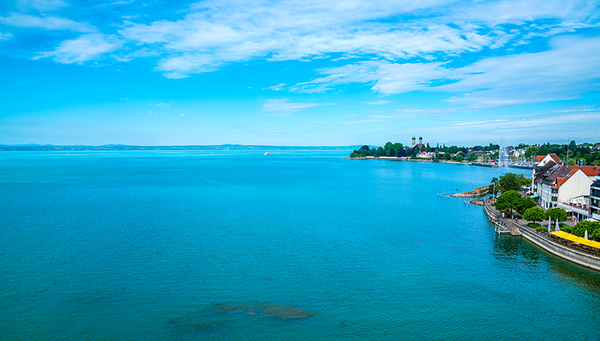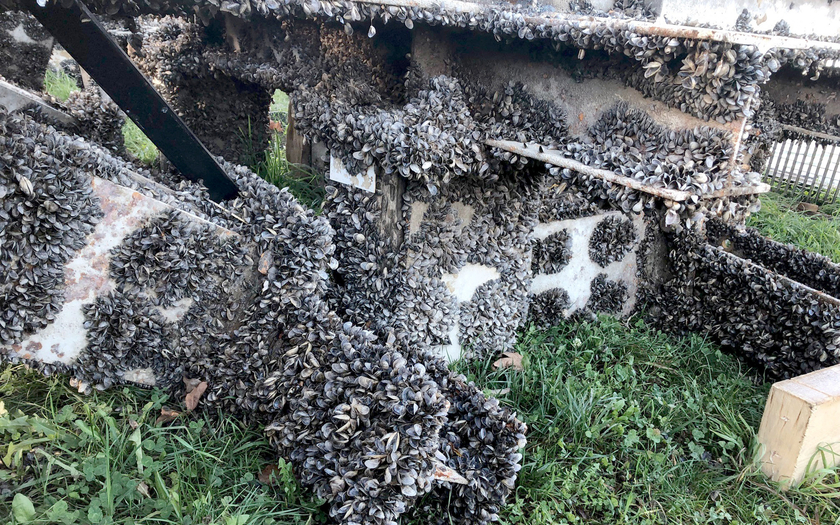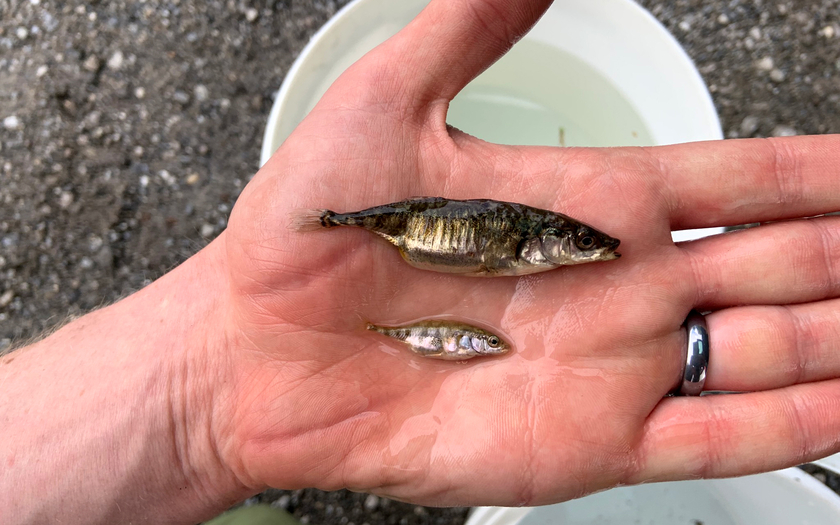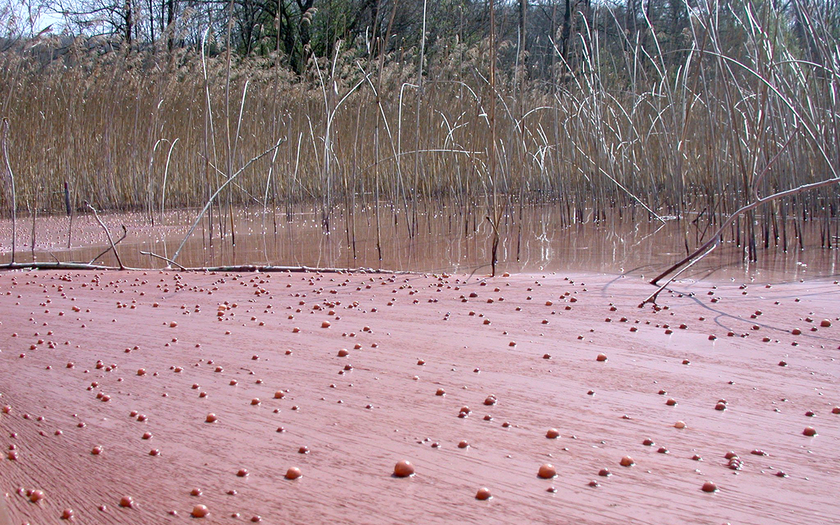News Detail
Lake Constance: Life under changing conditions
June 7, 2023 |
"SeeWandel: Life in Lake Constance - the past, present and future" is the name of a project where researchers from seven institutions in Switzerland, Germany and Austria examined the ecosystem of Lake Constance over the past five and a half years. Under the management of the Aquatic Research Institute Eawag, they investigated how various aquatic organisms have reacted to the changing environmental conditions in the recent decades and what consequences can be observed in the lake in recent times. The focus was on the complex interactions between invasive and alien species, changing nutrient inputs and climate change. The results reveal that these stress factors have a major impact on the ecosystem. The project is now reaching completion.
Information events for science and practical application
On 13 and 14 June 2023, the results of the 13 sub-projects will be brought to a conclusion with a scientific symposium and an information event for stakeholders. According to project leader Piet Spaak from Eawag, one of the most important findings of the SeeWandel project is that "the ecosystem is far more complex than the stakeholders involved in the project could have imagined at the outset. Fishermen on Lake Constance demanded that phosphorus be added to the lake so that they could again catch bigger fish. Now we know that there are also invasive species in the lake that are upsetting the whole system, and contributing to fewer fish being caught." The project closely examined two of these invasive species in particular: the three-spined stickleback and the quagga mussel.
Learning from the quagga mussel invasion
The quagga mussel, originally from the Black Sea region, was first detected in Lake Constance in 2016. At the beginning of the project, it was only found in isolated cases, but now it colonises the lake down to great depths. "As a scientist, it has been interesting to follow this development in real time, but it's also very dramatic", says Spaak. Because these mussels can grow anywhere, they can, for example, clog the intake pipes of water extraction plants. And because they feed on algae, which they filter out of the water, they reduce the overall productivity of the lake. "As a result, fish catches are likely to continue to decline" says Spaak. The researchers have summarised their findings regarding the quagga mussel invasion in a fact sheet (in German) and have made them available to the public. By doing so, they hope that similar phenomena in other lakes can at least be delayed, if not prevented.
Sticklebacks as a potential competitor for whitefish
Evidence that sticklebacks have been propagating explosively in the open waters of Lake Constance for several years, accounting for 90 percent of fish individuals, was already well known prior to the SeeWandel project. Using gene analysis, researchers had also been able to demonstrate that the genetic make-up of the Lake Constance sticklebacks originates from three lineages: From the Rhine, the Rhone, and (in contrast to the rest of Switzerland) primarily the Baltic Sea region. According to the SeeWandel researchers, this unique gene pool has enabled the Lake Constance sticklebacks to colonise the tributaries and shore lines, as well as the open water. Since they eat the same plankton species as the Lake Constance whitefish, they may compete with them for food, which has probably also contributed to the decline in whitefish density.
There is no reason to fear Planktothrix rubescens
The sub-project on Planktothrix rubescens has yielded more optimistic results. In Lake Zurich, for example, the increased water temperatures due to climate change have led to cyanobacteria appearing in masses in some areas. At Lake Constance, however, a blue-green algae plague of this magnitude is considered unlikely in the near future.
It is equally encouraging that some groups of organisms have proven surprisingly resilient to the environmental changes in Lake Constance. For example, using sediment cores, the researchers were able to show that new diatom species that are adapted to nutrient-rich conditions appeared during the period of over-fertilisation. However, after the measures to contain nutrient levels (re-oligothrophication), this development was reversed, so species adapted to nutrient-poor conditions once again dominate today’s Lake Constance. A similar trend can be observed in aquatic plants: Growth and expansion in the shore zones have increased significantly again after re-oligothrophication, even if the species composition and abundance have changed somewhat.
However, Piet Spaak fears that this recovery will be short-lived: "I expect the ecosystem of Lake Constance to change more in future than in recent decades as a result of climate change and invasive species such as the quagga mussel and stickleback. As a countermeasure, we recommend preventing the introduction of further alien species."
SeeWandel project closing event
The closing event in Konstanz welcomes stakeholders, the media, researchers and other interested parties to learn more about and discuss the results of the project. The event is divided into a scientific symposium on 13 June and a practical exchange on 14 June. It is possible to attend the two days independently of one another. Participation is free of charge. If there are still spaces available, please contact seewandel@clutterseewandel.org for last-minute registrations. Further information
Cover picture: Nutrient changes, invasive species and climate change have a major impact on the ecosystem of Lake Constance. (Photo: Simon Dux Media/Shutterstock)
Original publication
Alexander, J., Spaak, P. et al. (2023). Ökosystemforschung am Bodensee.
Aqua & Gas 06/2023
Funding / Partnerships
- Eawag
- Internationale Gewässerschutz-Kommission Bodensee (International Water Protection Commission Lake Constance)
- International Lake Constance Fishery Commission
- Fischereiforschungsstelle Langenargen (Institute for Fisheries Research Langenargen)
- Institut für Seenforschung Langenargen (Institute for Lake Research Langenargen)
- The universities of Hohenheim, Innsbruck, Konstanz and Zurich
- Interreg Alpenrhein-Bodensee-Hochrhein
- Zweckverband Bodensee-Wasserversorgung (Lake Constance Water Supply Association)
- Federal Office for the Environment (FOEN)
- And others




